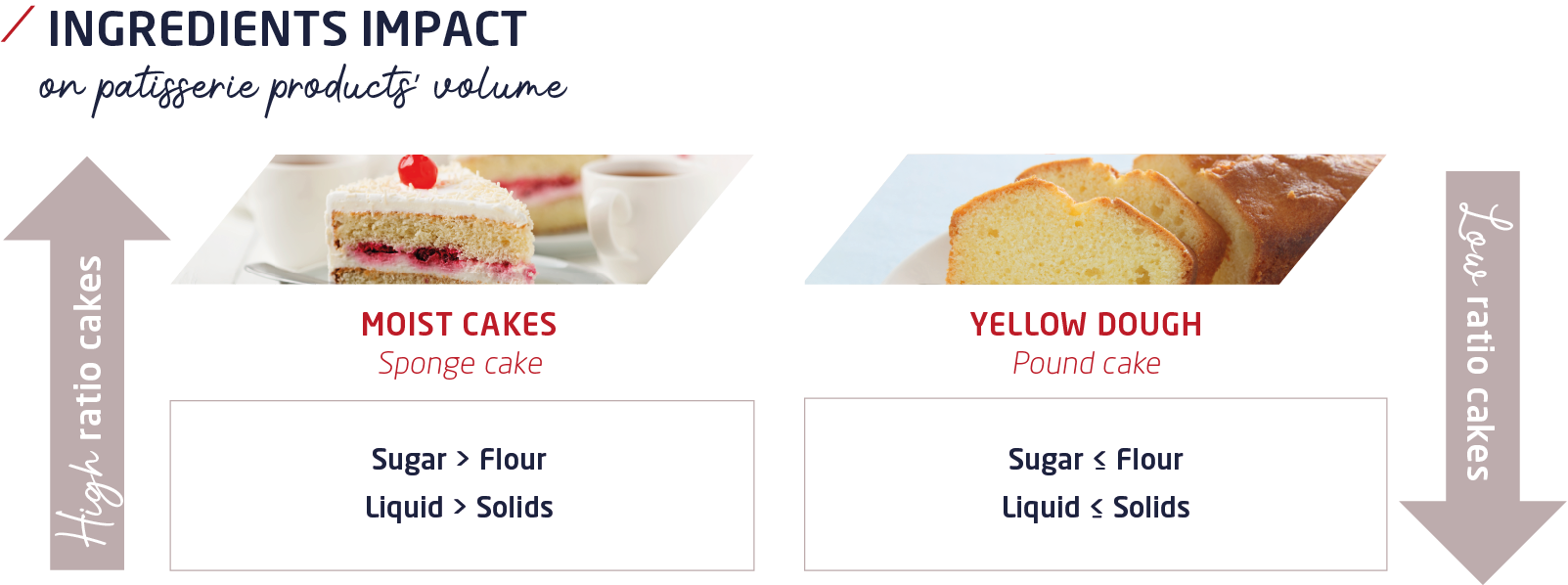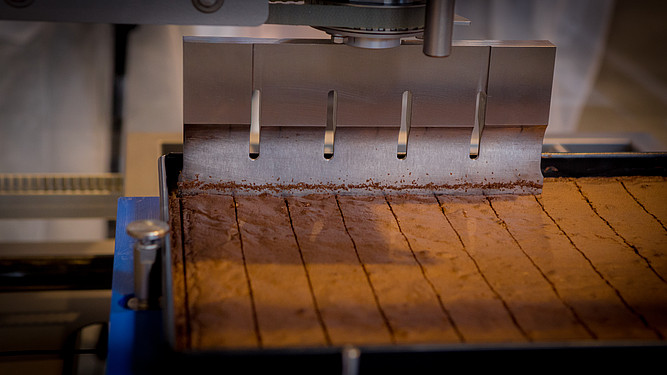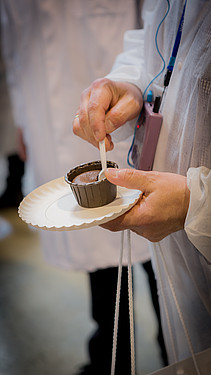Industrial patisserie products: a result determined in the very first stages of the production process
Patisserie production is above all a question of creating the right balance between the ingredients. Ingredient selection, mixing, dosing: the first stages of production define the characteristics which will make the product unique. The same mixture can produce different textures depending on the ingredients and the method used. The accuracy of the result of industrial patisserie products is therefore determined during the first stages of the production process. How can industrial bakers guarantee consumers a unique sensory experience from the very beginning of the recipe?
Creation of the taste, appearance and texture
According to David Brookfield, president and CEO of Brookfield Engineering Laboratories, which designs and manufactures texture analysis instruments, "The sensory properties of a food product affect the consumer's perception and acceptance of it." [1] A product's uniqueness is determined by appealing to the consumer's five senses. While the sound and smell are established during baking, the product's taste, appearance, texture and shelf life are determined as early as the preparation phase. Indeed, the quantity, order and method of incorporating the ingredients significantly influence the result and give rise to different product ranges. For example, the same ingredients are used to make sponges, loaf cakes or other rich dough products and yet the final products are very different.
Whether they are baked, filled or decorated, the recipe and the various baking, filling and decorating processes need to be adapted. To achieve a perfect result the right balance has to be found between the basic mixtures, their filling and their finish. The challenge is the same for the 8000 new products which are launched on the global industrial patisserie market each year. Faced with a saturated market and consumers who are paying closer attention to the effects of products on their health, brands are becoming increasingly innovative offering 'healthy' products, free from preservatives and low in sugar and fat. Patisserie chefs are therefore having to constantly reinvent their recipes in order to obtain an optimal product. New balances need to be found to satisfy all 5 senses.

Storage of the ingredients, mixing and dosing: 3 factors for a perfect balance.
The temperature of the raw materials must be strictly controlled to avoid any risk of deterioration (or contamination) and ensure optimal mixing and dosing. Dry ingredients such as flour, must be stored in a suitable environment in order to control their exposure to humidity and their potential deterioration.
Doughs and mixtures are the result of a rigorous mixing stage which has multiple objectives: to hydrate and dissolve the ingredients, to ensure they are evenly distributed, to incorporate air, etc. The techniques vary depending on the expected properties and characteristics of the final product. Beating, rubbing in, creaming, emulsion: each mixture has its own technique! The density and viscosity of the mixtures are determined by the duration and speed of the mixing as well as the tools used: whisk, flat beater or hook. Industrial bakers must therefore continually adjust their mixing techniques.
The same applies to the dosing. Depending on the product, different methods may be used. For example, double dosing for marble cakes, or the deposit of pastry and lining of moulds for tart shells. The challenge lies in controlling the supply to the dosing units for constant production quality.
While technical precision is required to ensure the accuracy of the mixing and dosing, the final result is also influenced by the storage properties and temperature of the ingredients before they are added.
Creating a perfect patisserie product depends on numerous criteria: a careful balance of ingredients, the different methods used to incorporate them, the dosing of the mixture(s) and the baking parameters. The different production stages must be taken into account from the very beginning of the process to ensure an optimal final result.
It is with this desire to guarantee the quality of the product and industrial performance that Mecatherm works hand in hand with expert partners from the mixing of the ingredients through to the final packaging, including the key baking stage.
From the factory to consumers' palates, every production stage plays a decisive role in the quality of the industrial patisseries launched on the market. We will continue to look at how all the different production stages are interconnected in our next article which will explore the challenges involved in the post-baking stages.



